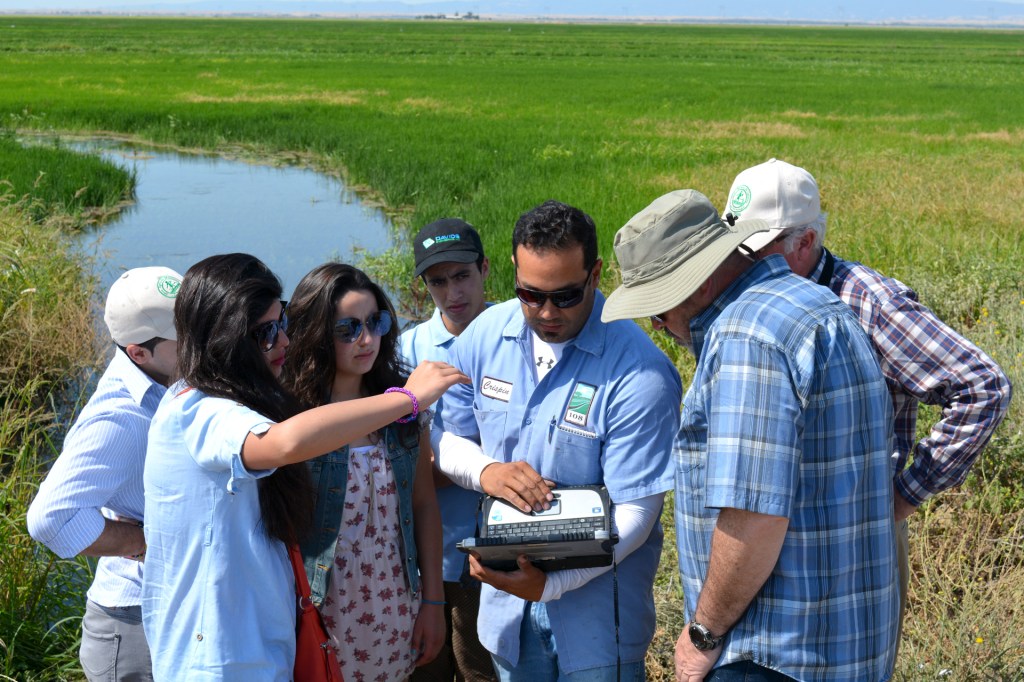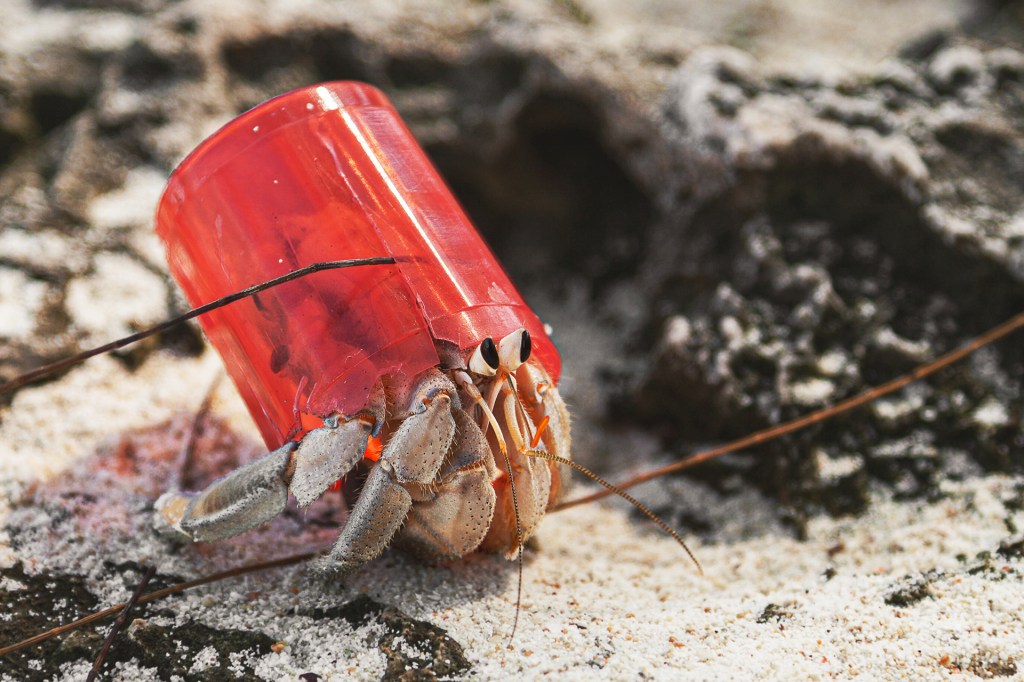Deep-Sea Danger
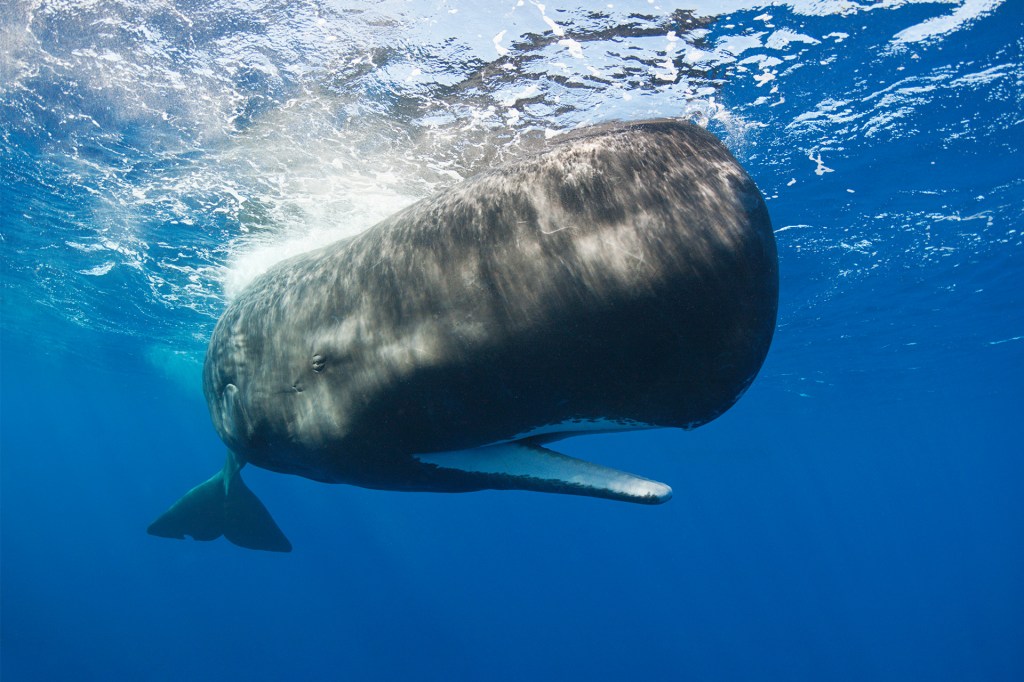
The ocean is full of amazing creatures. It’s also full of plastic. There are about 171 trillion pieces of plastic in the sea. That’s according to a study published in the journal PLOS One in 2023. This is bad news for marine animals, such as deep-diving whales. They can mistake the plastic for food.
How do whales mix up plastic and prey? A team at the Duke University Marine Lab, in Beaufort, North Carolina, has been looking into this question. It has published research explaining why some deep-diving whales get confused. The problem all comes down to a process that allows whales to “hear” objects in the deepest parts of the sea. This process is called echolocation.
Hunting by Sound, not Sight
Some types of whales hunt deep in the ocean. These include sperm whales and beaked whales. There’s little light where they hunt. It’s too dark for the whales to see. But they can hear. They use echolocation to swim through their surroundings.

OCEAN EXPLORER Sperm whales dive thousands of feet to hunt, deeper than any other marine mammal.
JAMES R.D. SCOTT—GETTY IMAGES
First, the whales make a sound. Then they listen. They hear echoes bouncing off of nearby objects. These echoes allow the whales to hunt. The echoes bounce off of prey animals, like squid. And they bounce off of objects that are not edible, like garbage. The scientists found that garbage and prey cause similar echoes. That tricks the whales into eating trash.
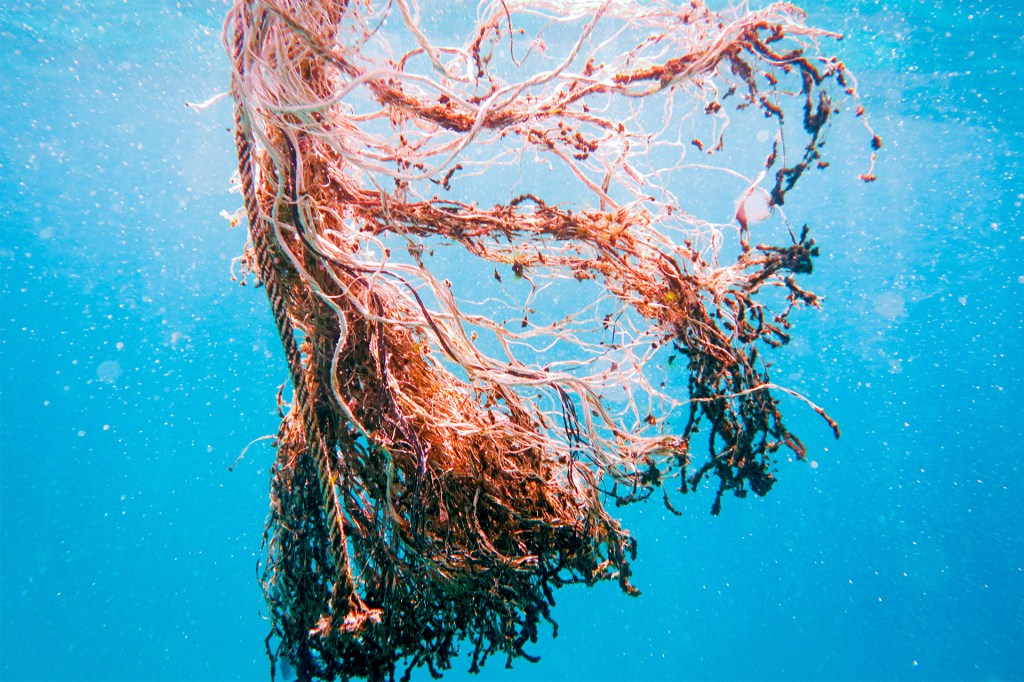
IT’S A HAZARD Tangled fishing net drifts in the ocean. Whales can mistake it for food. Old nets also trap smaller marine animals.
PLACEBO365—GETTY IMAGES
The scientists gathered pieces of trash, like plastic bottles and rope. These things have been found in the stomachs of whales. The team bounced sounds off of these objects. They made sounds at frequencies frequency a measure of sound (noun) similar to those that whales use.
A machine measured the strength of each echo. The echoes from the plastic items were similar to echoes returned by prey animals. That’s confusing for the whales.
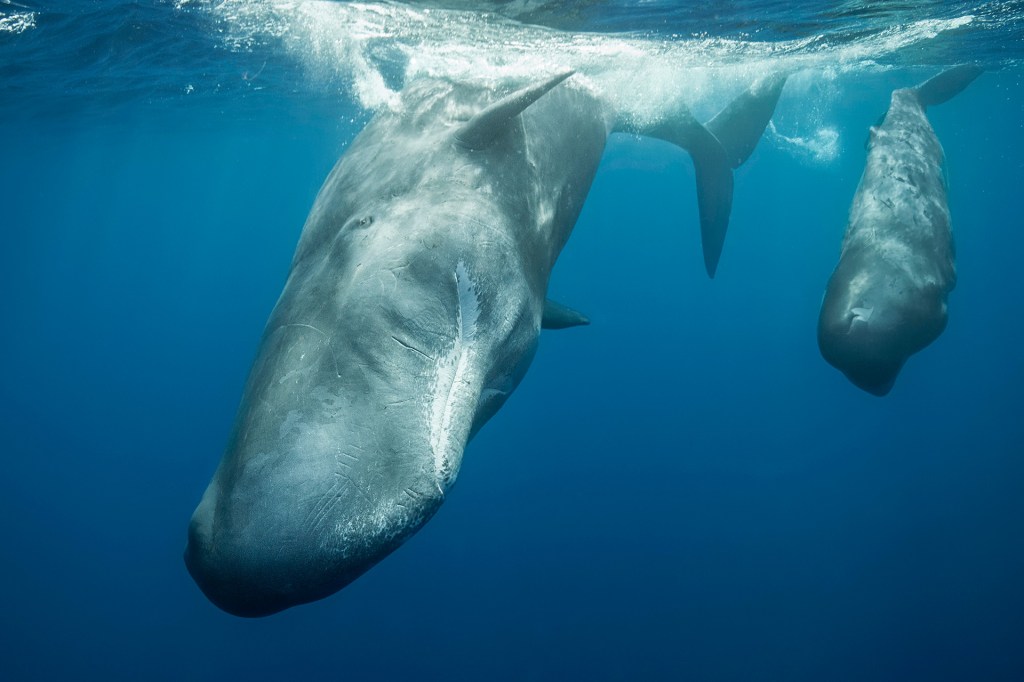
DIVING BUDDIES Two sperm whales dive into the ocean depths. These whales often travel in groups.
REINHARD MINK—GETTY IMAGESGreg Merrill is a marine biologist. He led the study. Merrill was “unsurprised” by the results. “We knew they were eating [the garbage],” he told TFK. “There had to be a reason.”
Finding a Solution
Eating garbage is dangerous for whales. The plastic can build up in their stomachs. Everyone can play a part in reducing plastic pollution. “People need to make real changes in their daily lives, and then advocate for the types of solutions that we need to address this issue,” Merrill says. One way is by asking school leaders if they could “make decisions that are more sustainable sustainable done so as not to cause permanent damage (adjective) .”
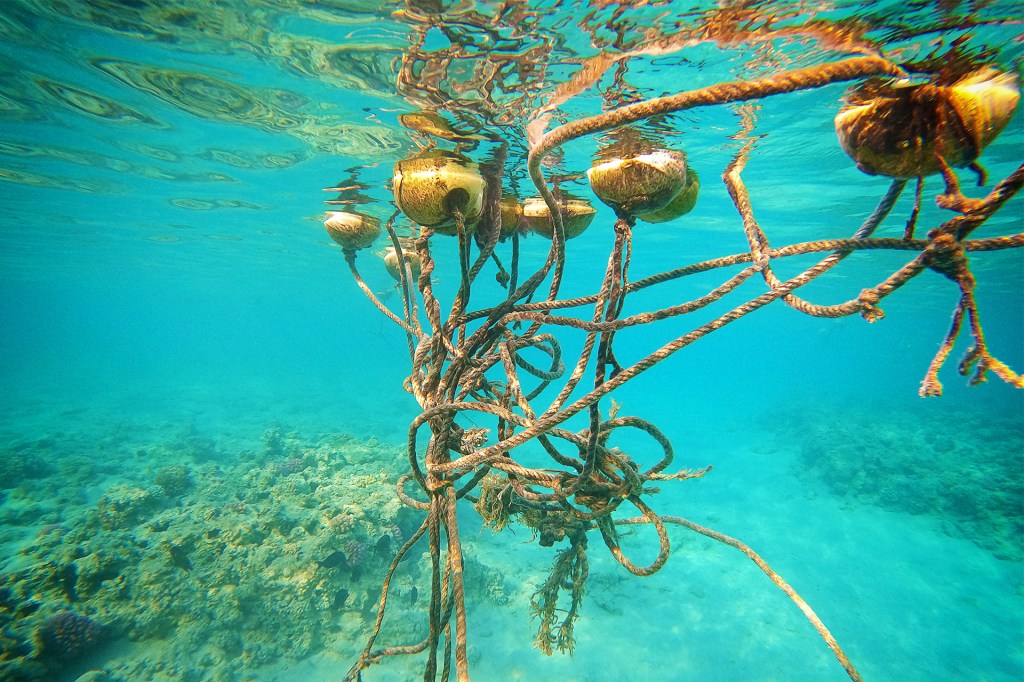
WHALE-SIZE PROBLEM This rope protects a coral reef in the Red Sea. Rope is often found in whale stomachs.
SEBASTIAN CONDREA—GETTY IMAGESMany kids are passionate about marine life. Freddie Slater-Reynolds, 7, is one of them. The study makes him feel “worried” about whales. He shared his advice for people who want to keep trash away from wildlife: Don’t litter. “Throw it in the garbage bin,” he says.
Above and Below
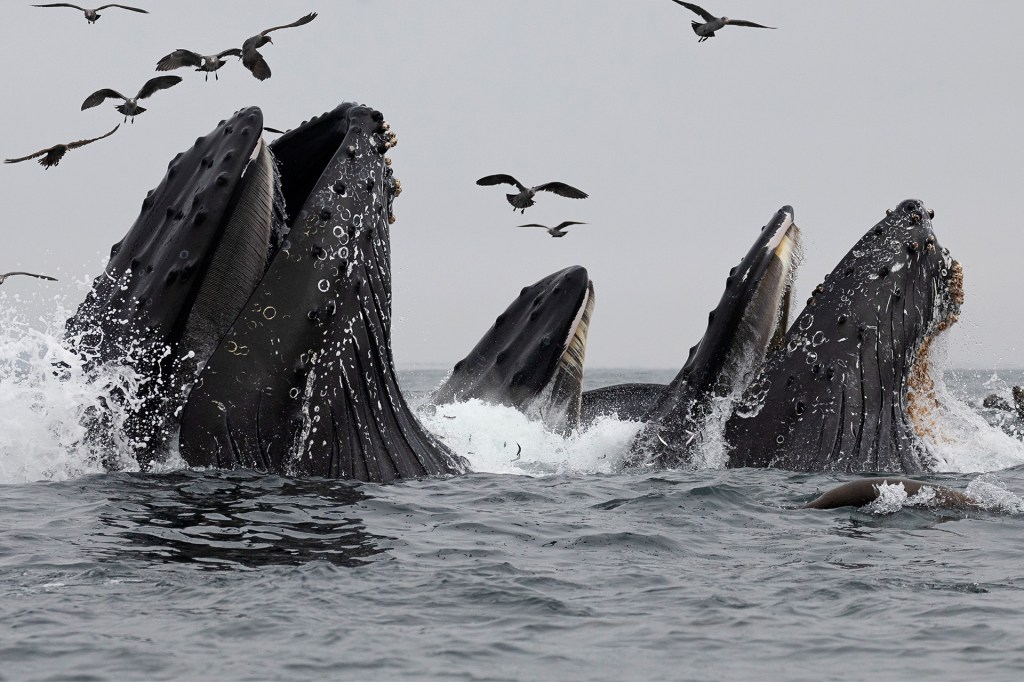
Beaked whales and sperm whales are deep-sea hunters. They dive thousands of feet to find food. But not all whales use echolocation to hunt. Some stick closer to the surface. They eat different things. The humpback whale sometimes uses a technique called lunge feeding. This technique is shown in the picture here. The whale opens its mouth wide. It swims quickly through a school of fish or krill. If you’re lucky enough to witness a whale’s vertical lunge, you’ll see the huge animal’s head rise above the surface.







